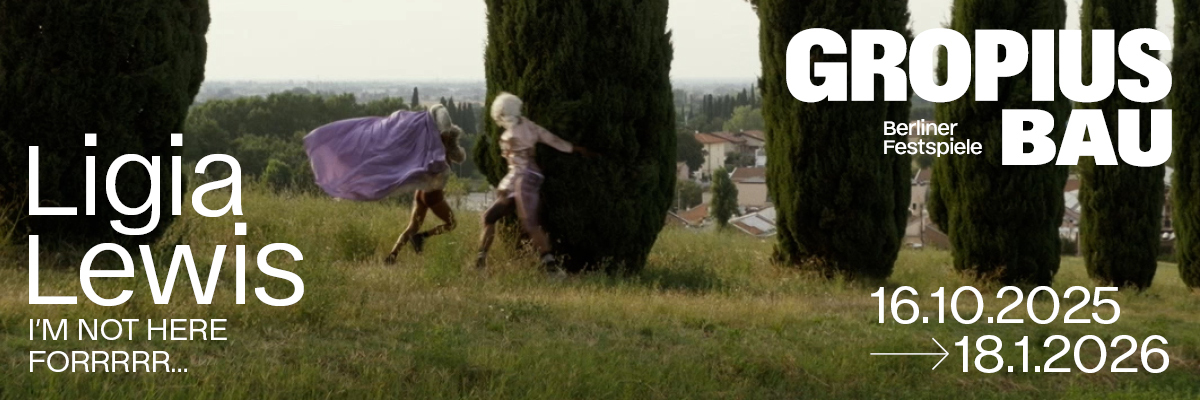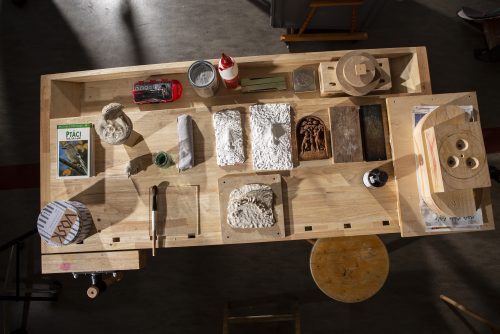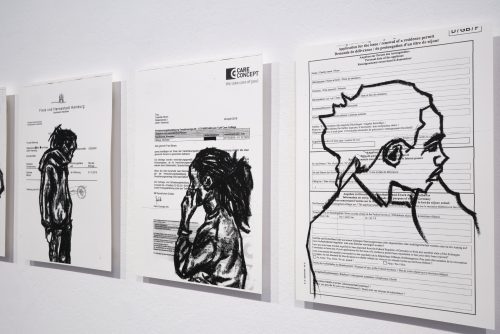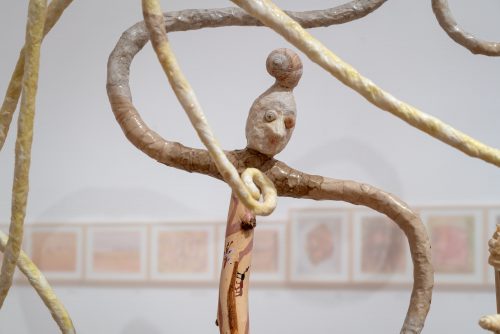
Krzysztof Mętel
A Sceleton in the Closet
Project Info
- 💙 Galeria Szewska 16
- 💚 Natalia Czarcińska, Dorota Tarnowska-Urbanik, Jerzy Muszyński
- 🖤 Krzysztof Mętel
- 💜 Weronika Wronecka
- 💛 Jadwiga Subczyńska
Share on
View of the exhibition "Sceleton in the Closet", foto: Jadwiga Subczyńska
Advertisement
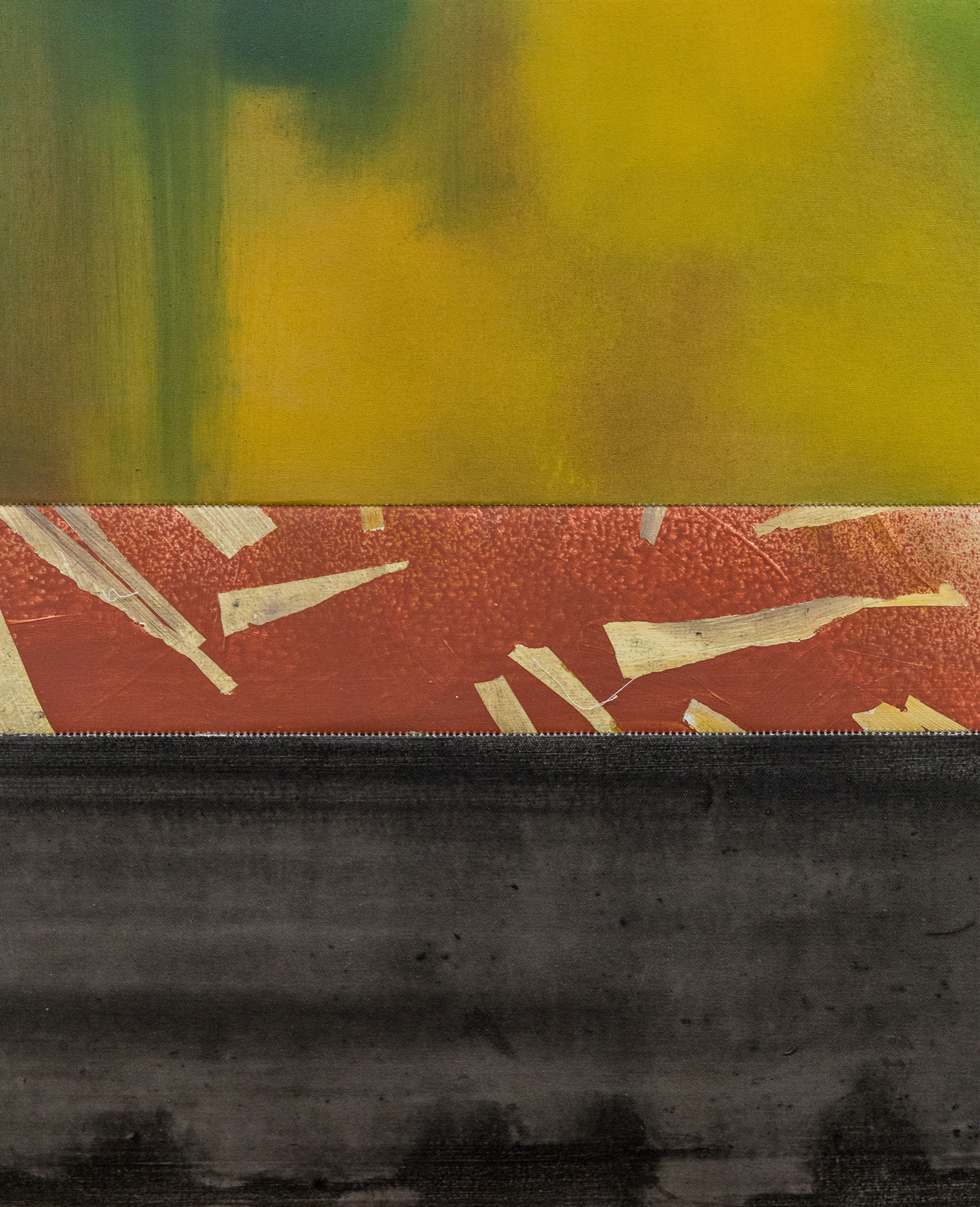
Untitled (12), 2022, detail, foto: Jadwiga Subczyńska
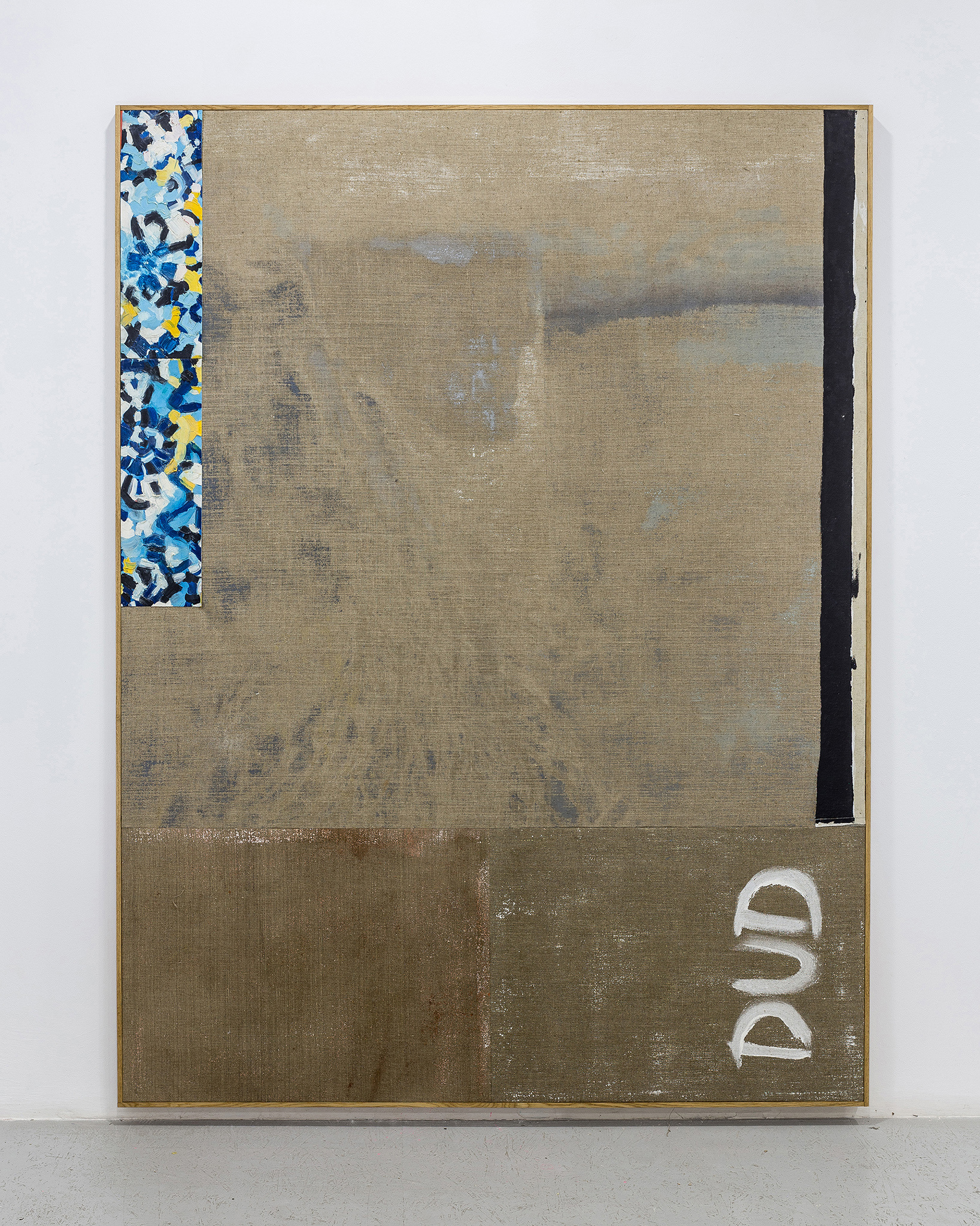
Untitled (20), 2022, foto: Jadwiga Subczyńska

Untitled (20), 2022, detail, foto: Jadwiga Subczyńska
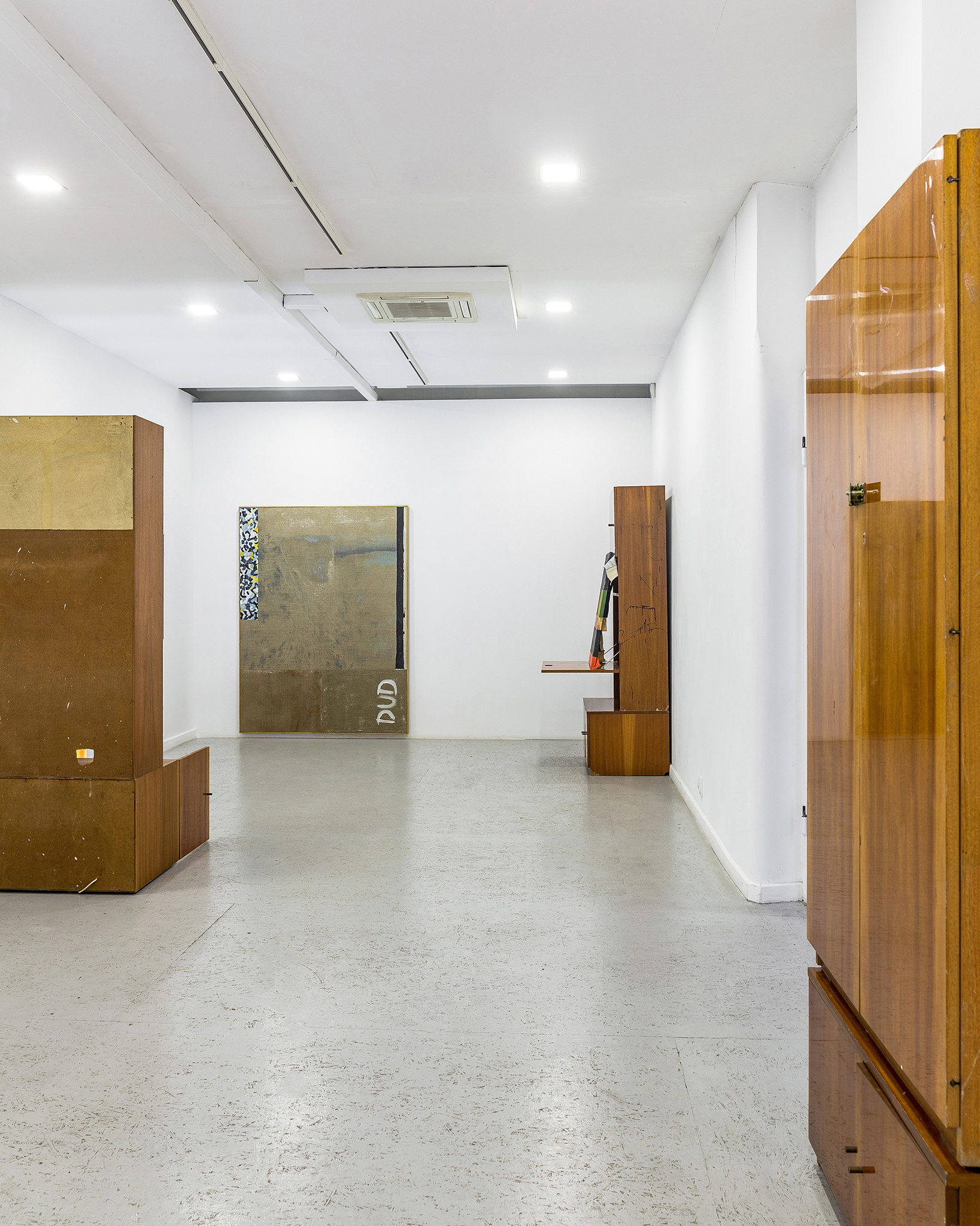
View of the exhibition "Sceleton in the Closet", foto: Jadwiga Subczyńska
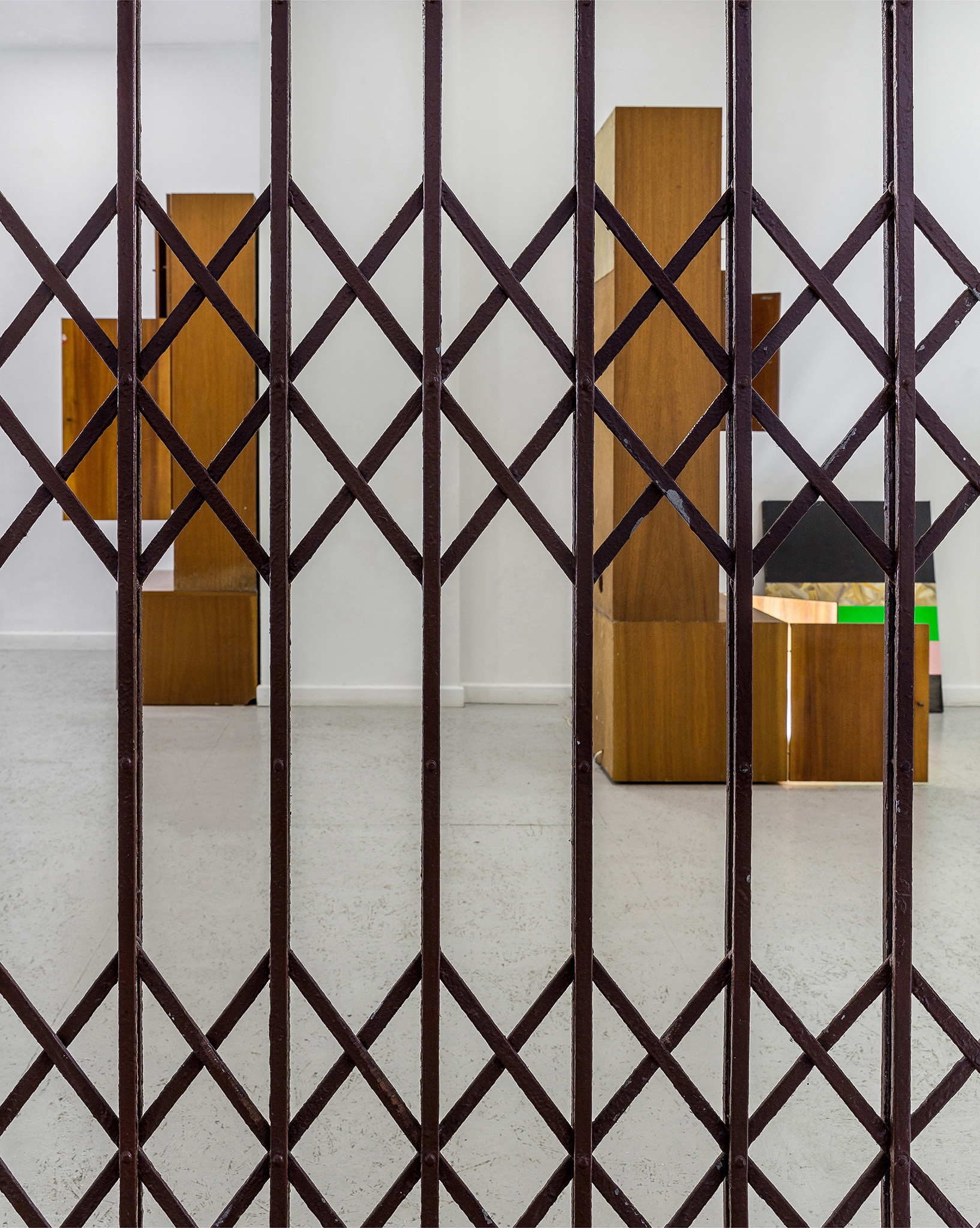
View of the exhibition "Sceleton in the Closet", foto: Jadwiga Subczyńska
View of the exhibition "Sceleton in the Closet", foto: Jadwiga Subczyńska
View of the exhibition "Sceleton in the Closet", foto: Jadwiga Subczyńska
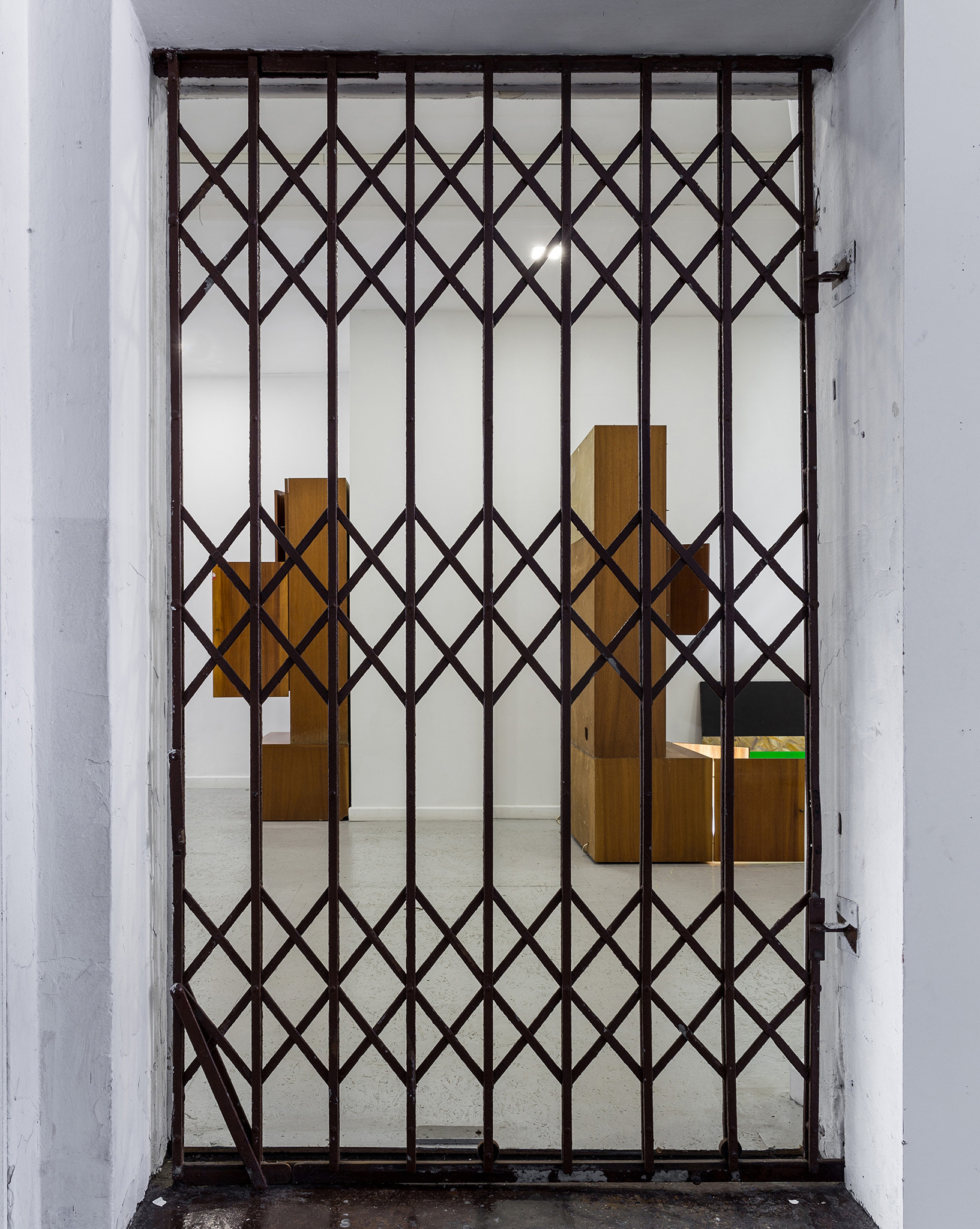
View of the exhibition "Sceleton in the Closet", foto: Jadwiga Subczyńska
An Ashamed Man
In August 2022, during my short stay in the capital city of the capital city of Poland, that is, the Grochów district in Warsaw, I received a phone call from Krzysztof Mętel, an artist from Poznań and my schoolmate. It was our first telephone conversation, during which Mętel boasted to me that he was preparing an exhibition entitled A Skeleton in the Closet. He confessed that he wanted me to write something about it. I don't have any special expectations for the content, he said, knowing perhaps that I did not like to guess what an artist meant. However, he could not have found a better place because I was sitting in a deserted building, that is, a dead-house with a slight, though some chance for resurrection. It was an uninhabited building tightly lined with a cascade of closets and wall units, probably more architecturally important than the foundations.
The tenement house in which I reside is half empty, which makes it famous all over Poland. The charm of uninhabited buildings in Grochów is so irresistible that whoever stops here immediately becomes a writer, sometimes quite widely read. These are useful wastelands: they have settled in many imaginations, and I also managed to settle in them last summer. I breathed as much life into the heart of the Grochów misery as it breathed into mine – although it was actually quarter-broken as a result because our romance did not survive the first frosts. However, as is the case with love affairs, I refresh our intimacy in summer.
There is a relationship between writers from Grochów, Mętel and me being moved by the abandoned trash: we are united by our sensitivity to what lies fallow. There is some kind of moderately pleasant truth in it, something about the futility of effort and the power of disorder; this is a shameful truth for a man who wants to feel strong. And at the same time, what can touch us more than fragility, than what failed, in what we encounter our own portrait?
Old canvases are something that remains in the nooks and crannies of the studio, the proverbial skeleton of which we are ashamed. Yes, we should only be ashamed of old, unsuccessful paintings – Mętel told me on the phone. He is known for his neat image and impeccable attitude, which did not prevent him from focusing on the would-be works of art orphaned by his colleagues. In addition to charity, this gesture also has an entrepreneurial aspect – it is a great saving to take what is ready (even slightly worn out) and celebrate the inventor’s triumph in the act of rediscovery. Taking a skeleton out of the closet is nothing new; thanks to fashion cycles, you can count on today’s mistake to enter the canon in the next season – this is how culture works because the real novelty in it might have only been its first word. So you do not have to worry, and whoever cares too much runs the risk of going crazy. An artist, a person rather concerned and if not too sure, then surely embarrassed, often exposes themselves to this risk.
People are ashamed because they are afraid that they will be perceived as someone for whom they do not want to be mistaken. They are afraid that they will miss a testimony of fragility – although there is an element of relief in every act of missing. Everyone is a closet containing something of a skeleton. However, a closet can be aired and it would be embarrassing to hide the contents with excessive pedantry; it is because of pedantry that it starts to smell bad. Perhaps an empty closet would evoke more fear than a closet with a skeleton so it is easier to keep the skeleton closed just in case, just like Schrödinger’s cat, alive and dead at the same time. For an artist, an uncertain line, an ungainly stain, exaggerated exuberance or excessive restraint may be the hallmarks of fragility. If an artist nails themselves doing this, they may doubt their participation in art. Or worse, they may doubt art – as long as they do not acknowledge their weakness and become a breathless artist.
In art you can make use of wastelands. After all, extracting content from a set of failures is a success (that is what science is all about). A gallery without artworks is an evident wasteland. As a resident, Mętel bravely initiated a resistance movement against the holiday stagnation. Nevertheless, by asking me for support: I have full confidence in you, I love your style or rhetoric (I hope I use these words correctly), he revealed his certain shyness, even if he spoke in the next sentence as proudly as a train manager (known as art). Shyness is never false; even apparently apparent. Even coquetry contains something of an act of missing that brings relief, as if the proverbial skeleton, which, contrary to appearances, cannot shut his mouth, was speaking through a man.
I did not show up at the exhibition I am writing about because, firstly, I am still in Grochów and, secondly, the situations in Gdecka and Szewska streets are, in a way, the same, which Mętel himself noticed. Not only because of the interiors of the closets and the peculiarity of the items that we try to revive and tame, but mainly, I think, because of the little bit of hope that is expressed in this act of taming.
Weronika Wronecka

